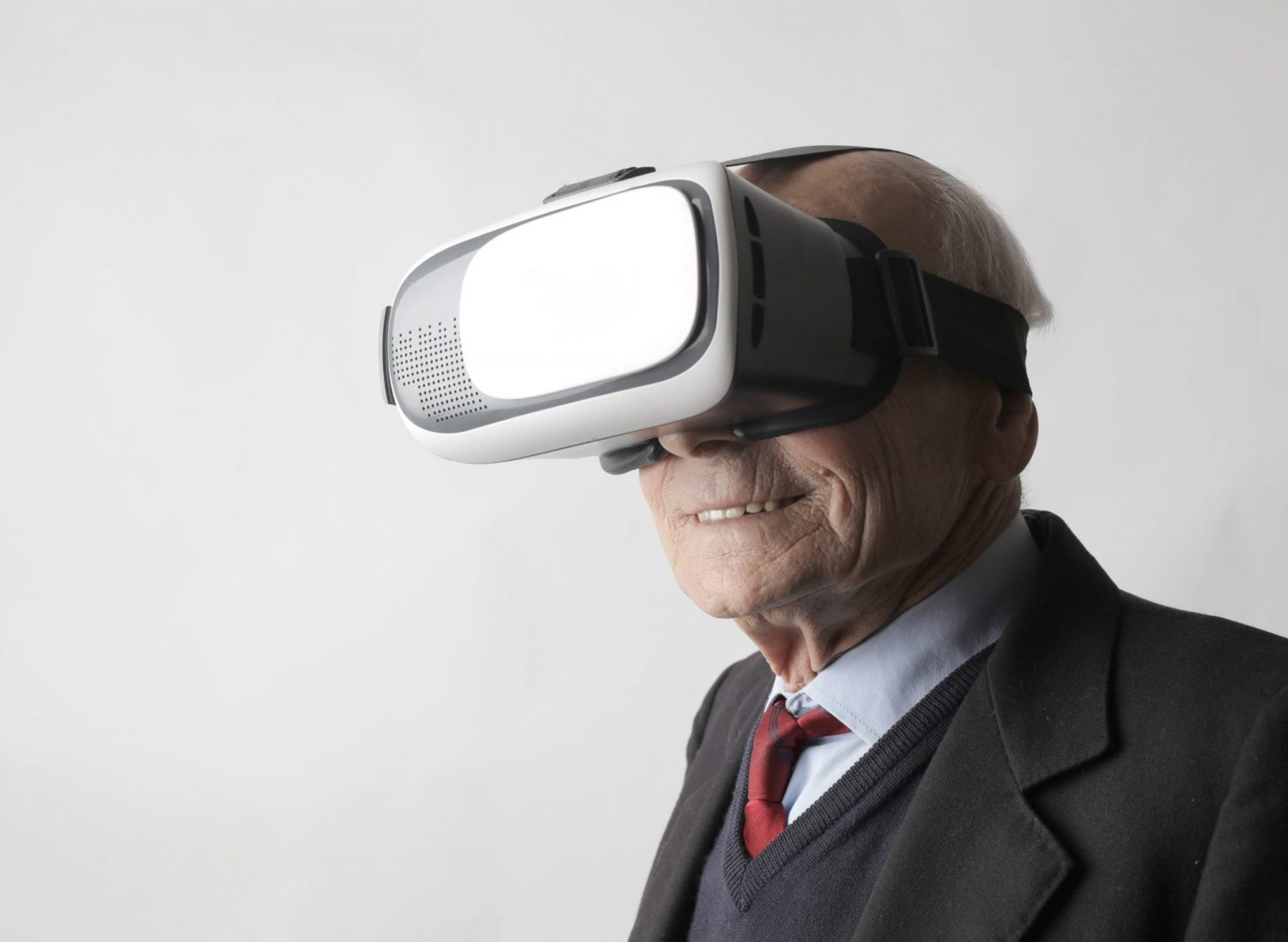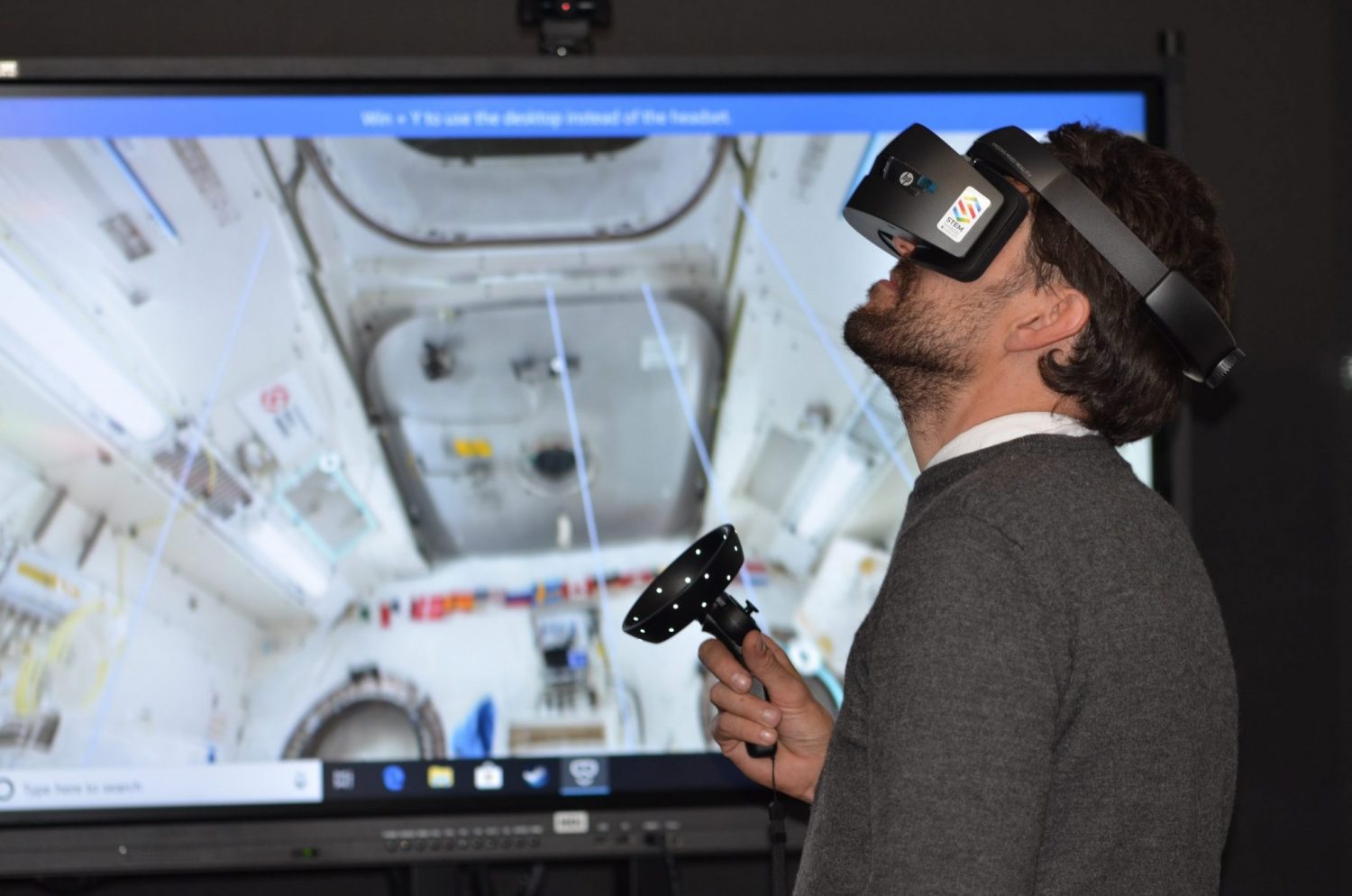
Until recently, virtual reality, otherwise known as VR, was fundamentally a concept conjured from the pages of a science fiction novel. Today, however, it is permeating into our everyday lives and transforming the way modern society functions, with applications of VR in everything from real estate, architecture, tourism, education and now, most significantly, healthcare.
There is currently a buzz around virtual reality technology and the potential it has to effectively treat both acute and chronic pain. Several recent studies have highlighted the promising short and long-term benefits that virtual reality therapy can offer – particularly focusing on its influence on reducing your pain signals. Could this be the breakthrough those of us coping with chronic pain are searching for?
What is virtual reality?
Essentially, virtual reality is a 3D computer-generated environment that you, as the user, can explore and interact with. The content, made up of graphic imagery, sound effects and vibrations to emulate touch, taps into your sensory system to create an extremely immersive experience. A headset device facilitates the simulation, which can be entered and left at any given time, and with additional electronic equipment such as hand-controlled remotes and gloves, there’s also the possibility for you to manipulate virtual objects.

Virtual reality has been evolving for decades. Consumer VR headsets were first released by video game companies in the 1990s, but in the last 10 to 15 years, the technology has advanced and sky-rocketed in popularity, resulting in a new wave of innovative products from well-known manufacturers such as Oculus, Sony and HTC.
Sophisticated all-in-one headsets are currently priced at around £300 and tech giant Google has developed Google Cardboard, a simple and affordable VR tool that attaches to your smartphone and can sync with multiple virtual reality apps for pain.
Investigating virtual reality therapy for chronic pain
In a healthcare setting, virtual reality is currently being implemented in many exciting ways. Research into the technology’s anxiety and pain-reducing properties is taking place all around the world and continually evolving as specialists come together to share their insights. On the whole, we’re seeing that it has the potential to transform pain management and offer an alternative to opioids.
One of the most ground-breaking studies carried out in recent years is that of Cedars Sinai. The LA-based healthcare organisation has been examining how therapeutic VR can function as a non-drug approach to effectively reduce pain for hospitalised patients.
In the study, patients with a variety of different medical conditions who reported pain scores greater than 3 on the Numeric Pain Rating Scale, which runs from 0 to 10, were divided into two groups. Members of the first group were given VR headsets, immersing them in various video simulations of tranquil, natural landscapes, while the remaining group took part in soothing 2D television-guided activities. The scores that were taken after both rounds of exercises concluded that those using VR reported a staggering 24% drop in pain, compared to a less dramatic decrease of 13.2% for the alternative experiential group.
You’d be interested to know that there’s also lots going on closer to home, in the UK. Various medical practices, including west London hospice Meadow House, have been trialling VR headsets as a technique to manage patients’ persistent pain, and the technology is being rolled as an alternative treatment for burns victims.

What’s more, Plymouth University and Imperial College London are in the process of investigating VR’s impact on nerve-related pain. The ongoing study involves showing simulated 360-degree Arctic scenes to patients with nerve injuries in the hope of blocking pain signals to the brain. The next step will see the team conduct the analysis on patients with chronic pain, suggesting bright clouds on the horizon for pain management!
Virtual reality pain management – how does it work?
We still don’t know exactly how virtual reality works to reduce pain, but many scientists are attributing it to something called ‘immersive distraction’, and yes, it means just what you’d expect. When the mind is deeply engaged in an immersive experience, such as VR, your attention shifts, and you are compelled to focus on something beyond the pain. The brain is distracted and therefore, common pain signals can be obstructed.
Virtual reality treatment can be tailored to your specific pain management needs. When used in combination with other established therapies such as physical, occupational and cognitive behavioural, it offers that positive sensory key to change perception, enabling you to move injured limbs and develop coping strategies.
Recognising the promising prospects of VR within healthcare, UK start-up Virtually Healthy is taking things one step further by developing scientifically-backed virtual reality programmes specifically for fitness, rehabilitation and therapy. During an interview on the popular podcast How They Found a Way, founder and entrepreneur Katie Hoolahan explained that Virtually Healthy’s research and tech innovations focus on getting people moving and making the entire rehabilitation process more engaging, exciting and motivating. She believes that VR not only offers pain relief as a distractive technique, it is also a great source of encouragement for exercise – another key treatment (and prevention) for a host of chronic pain conditions and repetitive injuries.

There is an increasing number of self-guided exercises and programmes available, with simulations including everything from swimming with dolphins, travelling to outer space and relaxing on a sunny beach in Thailand. As well as offering potential pain relief through distraction, VR’s calming, meditative effects can help you to foster a forward-looking mindset and, ultimately, understand that pain is not inescapable.
The potential benefits
- Immediate and long-term pain relief
- Enrichment to mental health and wellbeing
- Accessibility and convenience
- Complementary to existing medical treatments
- Reduced reliance on pharmaceutical medication
The future looks bright for virtual reality and chronic pain
Virtual reality as a therapy to help manage chronic pain is still in its infancy. More research, clinical trials and funding are required, but developments and new opportunities in the field are highly promising. It could revolutionise care further down the line. If you’re looking for a relaxed, engaging way to manage your pain, VR could be the answer, and the great news is, it can be used hand in hand with your regular medication and other alternative methods such as our fast-acting To Better Days joint patches.
If you’re interested in finding out more about immersive virtual reality for pain management, speak to your GP or a healthcare professional. There are rumours that it could soon be prescribed on the NHS. You never know, a pioneering treatment may be available close by.
Do you have experience using virtual reality for pain management? We’d love to hear from you. Head over to our Facebook page group Together for Better Days to share your thoughts and explore all the latest holistic health tips.



